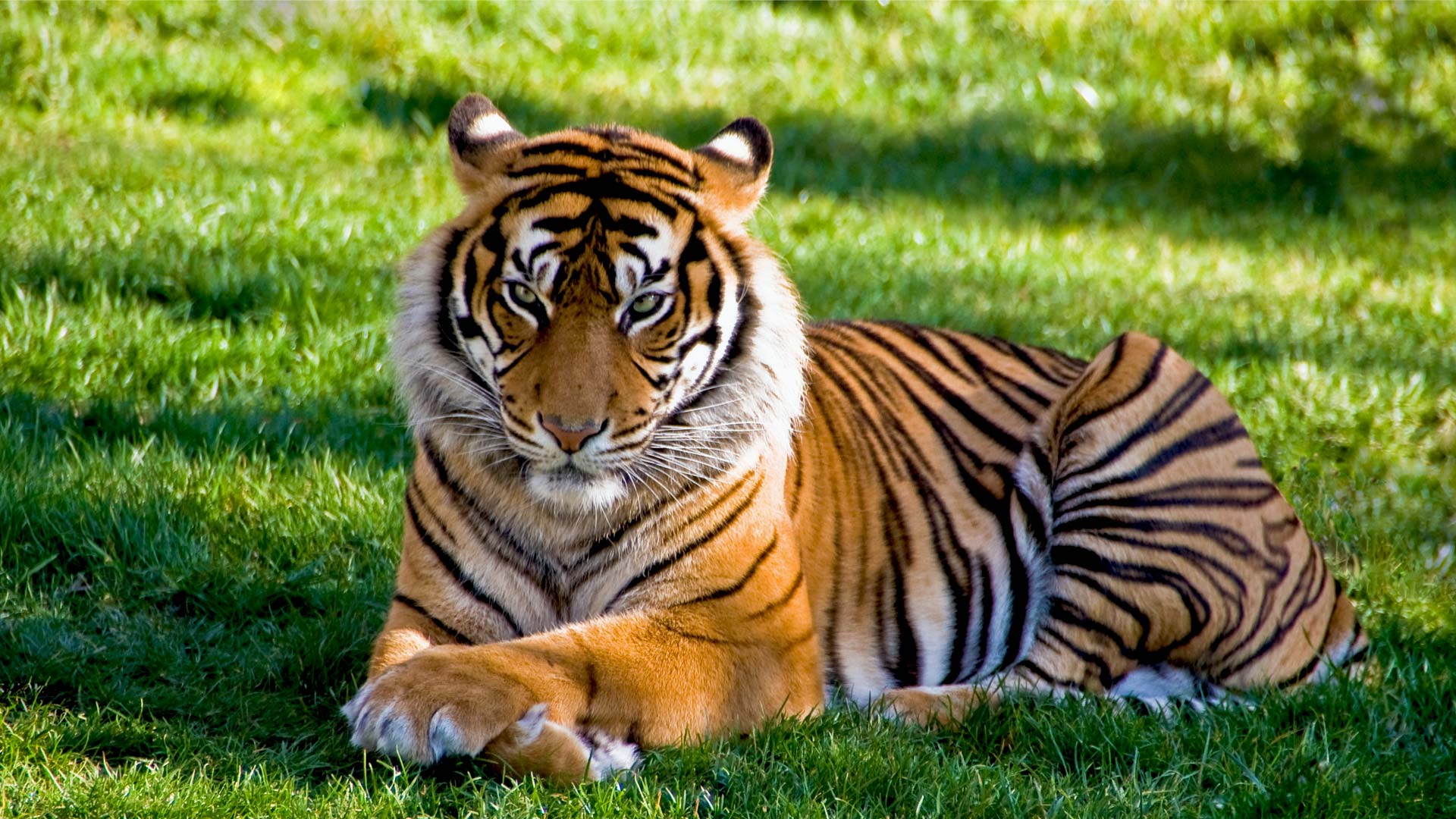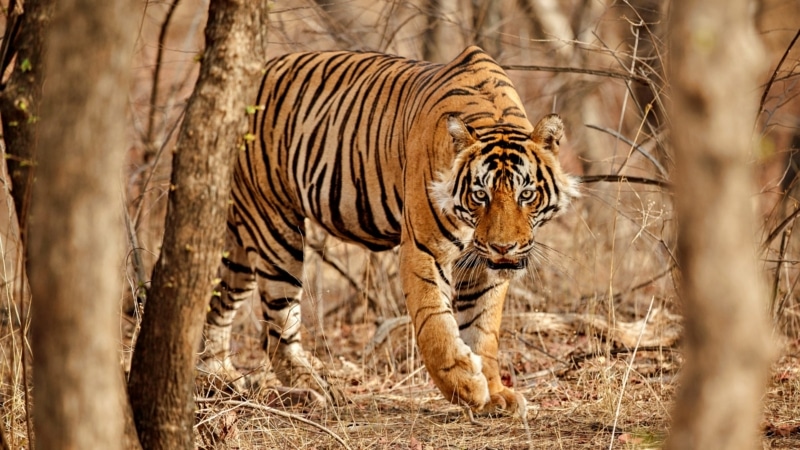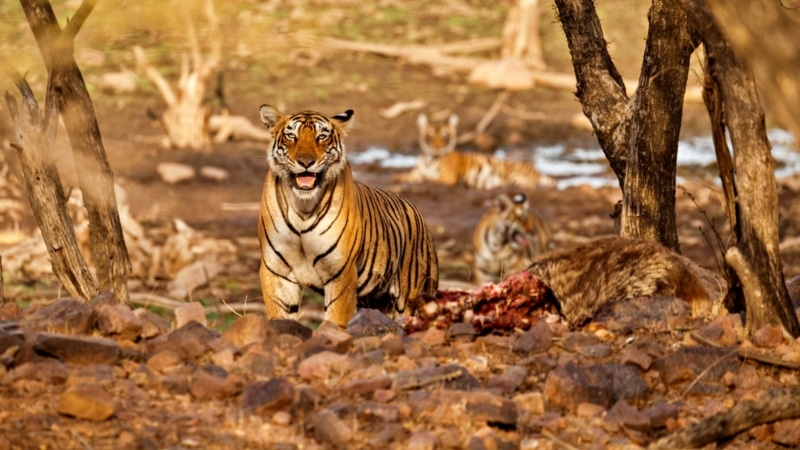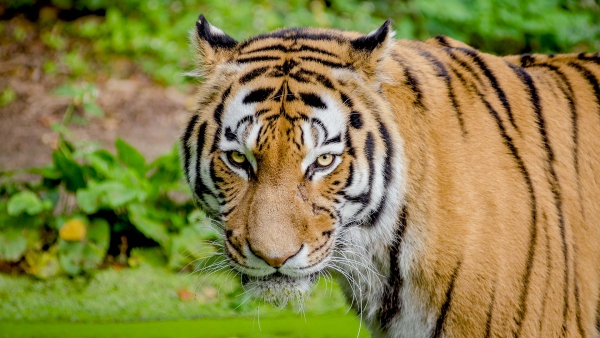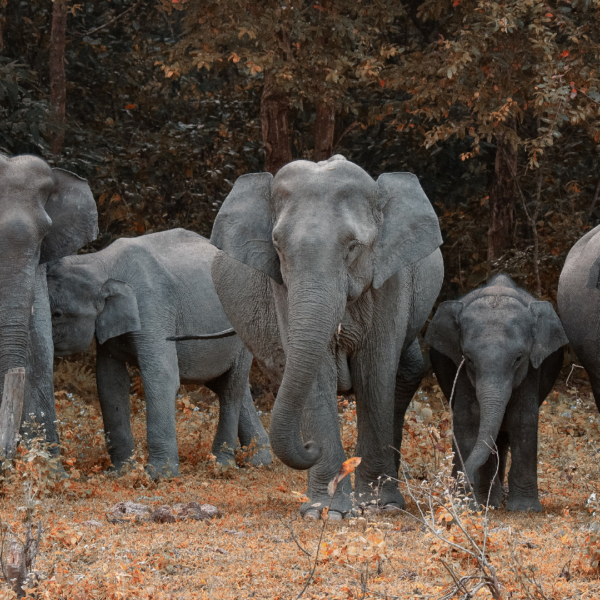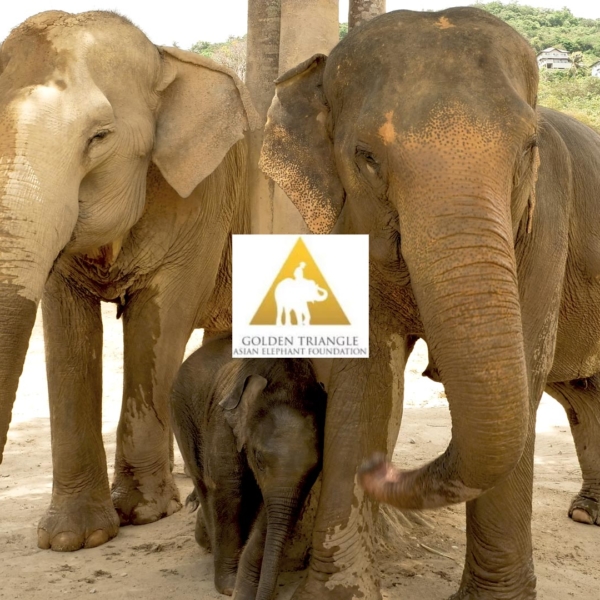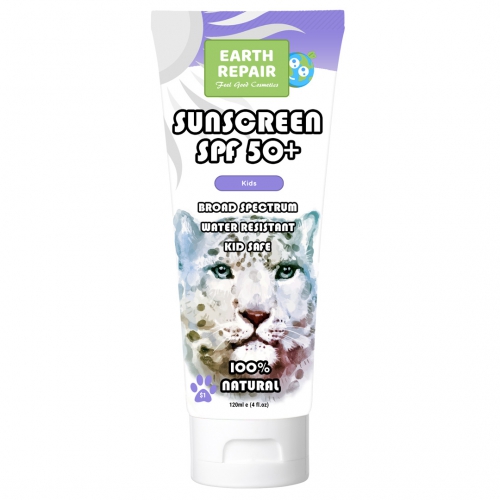Tigers In Thailand
Thailand to most is associated with stunning beaches, incredible temples and some of the best cuisine on the planet but did you that it’s forests are home to the largest tiger population in Southeast Asia? Even more surprising is that thanks to organizations such as Freeland the population is increasing. That’s why Reef Repair has decided to contribute with every purchase of…..
Tigers have fragmented populations in Thailand and Myanmar but no recent sightings have been made in Laos, Cambodia, Vietnam and south west China. It’s more than possible that they’ve becoming locally extinct. The grim situation in the countries surrounding Thailand highlight the importance and necessity of success for tiger conservation in Thailand. Thailand is the key to repopulating the entire region. There is already a plan in place to reintroduce tigers to the Cardamom National Park in Cambodia and suitable habitats in Kazakhstan.
If tigers are given the space and protection, they can quite rapidly increase in numbers. They’re the dominant predator in every environment that they inhabit. So relocating tigers from Thailand to the aforementioned countries is a distinct possibility if managed correctly. As always it will depend on the will of the local inhabitants, living alongside an apex predator does have risks.
Nepal’s recent success in increasing its tiger population with a strict anti poaching policy has seen numbers triple in just 10 years. However this has also seen a massive upturn in tiger – human conflict. Tigers will be eventually expand out of the core protected areas and come into contact with people and domestic livestock.
The Indochinese Tiger
Tigers in Thailand are the Indochinese tiger (Panthera Tigris Corbetti). One of six sub species in Asia. They’re not the largest tiger subspecies but still very impressive creatures, the males can grow up to 2.8m in length and weigh over 190 kg. Put that behind 10cm long canines and you have an extremely formidable predator.
They mostly feed on large ungulates with Sambar Deer being their preferred cuisine. They’ve even been seen to hunt and kill the mighty Gaur, one of the largest wild bovines that can weigh as much as 1000 kg.
Hunting such large prey animals requires only one or two successful hunts per week. Even though an adult tiger can consume over 30kg of meat at once, a large kill will last them several days. The tiger will stay very close to the kill to guard it from scavengers such as jackals, vultures and wild boar.
The females will give birth to two to seven cubs. They stay with their mother of up to 2 years so feeding a litter of seven cubs is almost impossible so it’s rare that more than two cubs reach maturity. After that the cubs are on their own. Tigers are solitary animals so rearing cubs and mating are the only times you’ll find them together. Although it has been known for a tigress to let adults from previous litters share large kills.
Where Are They?
Don’t worry, you’re at no risk of running into a wild tiger at any of Thailand’s popular tourist destinations. The last wild tiger in Phuket for example was shot in the hills behind Kamala beach in 1974, after helping itself to most of the villages goats. The current population of potentially as many as 180 tigers mostly live in the forests bordering Myanmar in the west of Thailand.
The western forest complex includes Salak Pra, Sai Yok, Chaloem Rattanakosin, Khao Laem, Sai Yok, Huai Kha Khaeng, Mae Wong, Khlong Lan and Khlong Wang Chao National Parks and wildlife sanctuaries. It’s a huge tract of land, roughly the size of France but unfortunately fragmented. If corridors could be established between parks and protection sent up on the Myanmar side, these rich forests could hold up to two thousand tigers. Considering the current total wild population is estimated at around 5,500 this would represent a staggering increase.
- Type: Moisturizer
- Use: Anti Aging
- Essence: Butterfly Pea
- Natural: 100%
- Vegan:
- Cruelty Free:
- Moisturizing:
- Biodegradable:
- Non Oily:
- Non Greasy:
- Hypoallergenic:
- Kid Safe:
Even though this area is huge, the habitat is mainly thick, hilly forest. Tigers can definitely easily survive here but they can live in higher densities in low, sparsely forested areas. Unfortunately this is also the preferred area for agriculture and livestock. Much of this habitat has already been taken by us.
Threats
Tiger numbers were estimated to be around 100,000 at the turn of the 20th century and dropped to 3,200 in 2010. Hunting and habitat loss were the main contributing factors.
Although hunting of tigers is now illegal anywhere in their remaining range, they still fall victim to poaching mainly for the traditional Chinese medicine market. Teeth, bones and penis all are supposed to have medicinal properties which of course they don’t.
Finding space for tigers is incredibly difficult, they require huge areas for a viable breeding population. Only 5% of their original habitat remains and with an ever increasing human population the challenge to save and increase tigers numbers is a huge one. It is however, a challenge we must rise too.
The other 5 tiger Subspecies
Amur/Siberian Tiger (Pantheras tigris altaica) – The largest of all living cats. Growing up over 3m in length and weighing up to 300kg Found only in the Russian Far East and into China. An estimated population of 260 – 480 individuals. Hardcore, eats bears!
Bengal Tiger (Pantheras tigris) – Represents roughly half of the remaining tigers in the wild. Distributed through India, Nepal, Bhutan and Bangladesh. An estimated population of 2,500 which is thankfully on the increase. Similar in size to the Siberian tiger with some huge individuals having been recorded but on average slightly smaller.
Malayan Tiger (Pantheras tigris jacksoni) – Critically endangered, only around 150 remain in Malaysia and southern Thailand. An incredibly sad population loss of 97%. One of the smaller subspecies, the males average around 130kg.
South China Tiger (Pantheras tigris amoyensis) – numbers are really not known but extremely low possibly extinct. In 1950 there was an estimated population of 4,000 but Mao Zedong’s government anti-pest campaign resulted in uncontrolled hunting and deforestation that devastated numbers.
Sumatran Tiger (Panthera tigris sondaica) – Fewer than 400 remaining. Only found in National Parks on the Indonesian island of Sumatra. The Sumatran Tiger is the smallest remaining tiger subspecies, males tip the scales at around 120kg.
Some Debate
In 2017 the IUCN (International Union for the Conservation of Nature) declared its agreement with a 2015 study that proposed there were only in fact only two subspecies of tiger – the Continental tiger and the Sunda tiger. Genetic differences between the mainland tigers were not considered to classify them as different subspecies. Not everyone agrees, even some of the scientists on the original 2015 study have their doubts. More recent studies have edged back towards the 6 subspecies so at the moment the subject is a bit up in the air.
How much have we donated so far?
Earth Repair – Vegan Anti Aging Moisturizer was launched on the 1st of September 2023 and since that date it has helped raise the following amount for Freeland – Anti Wildlife & Human Trafficking Organization (Freeland.org).

